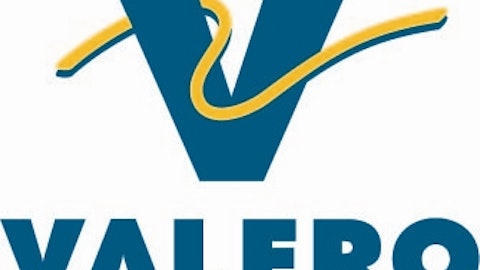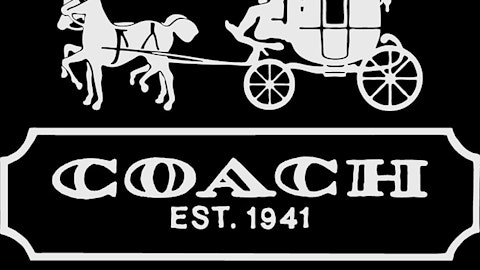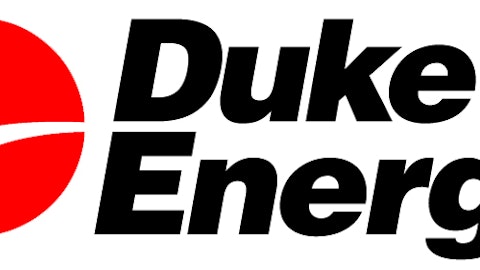When a company has raised its dividend for the 39th consecutive year, you might assume investors could count on the company well into the future. Since Consolidated Edison, Inc. (NYSE:ED) just accomplished this feat, the company is in rarified air when it comes to dividend increases. However, in investing we are constantly reminded that past results are not an indication of future returns. Investors should question not only the sustainability of such a streak, but also the wisdom of investing in a utility in the current market.

The biggest challenge facing utility stocks today seems to be their valuation. In times of higher interest rates, utilities sell for much lower multiples. The reason is simple, if investors can get a 4% CD, they aren’t likely to buy a utility stock paying 4% and take on more risk. However, when rates are low, investors choose utilities to try and boost their yield. Peter Lynch said he used to treat utilities as “interest rate cyclicals.” He would buy them when the economy stagnated and rates were falling, but sell when rates began to rise. With interest rates at historic lows, I can only imagine what Lynch would suggest doing today.
Consolidated Edison sells for 14.8 times projected earnings, yet they are expected to grow earnings at just 2.4% over the next few years. Duke Energy Corp (NYSE:DUK) is another example, selling for 15.8 times earnings, with just 2.95% growth expected. The numbers are slightly better for companies like The Southern Company (NYSE:SO) and Integrys Energy Group, Inc. (NYSE:TEG), with forward multiples near 16, but 5% or better earnings growth expected.
What Makes This One Different?
One thing that makes Consolidated Edison different from the rest is, the company reported growth in revenue in multiple areas in the current quarter. The company’s electric revenue increased 1.01%, gas revenue increased 7.51%, and steam revenue was up 2.84%. With many of their competitors reporting mixed results in the last three months, this across the board growth is encouraging.
A second way to gauge a utility’s efficiency is by looking at their operating margin. Of the four companies we have looked at, Southern Co. has the best average operating margin. The company averaged 24.75% over the past four quarters. The second best performer was Consolidated Edison at 18.88%. In fact, these two utilities saw a steady increase in their operating margin over the last four quarters. On the other hand, Duke saw their operating margin average 16.75%, and vary by as much as 7% during the year. Integrys showed similar performance, albeit with a lower average margin of 9.86%.
The Biggest Positive Is Also The Biggest Problem
There is no question that yield is a utility’s main attraction. Of the group we have looked at, only Integrys and Southern Co. are expected to grow earnings by a larger percentage than their current yield. Integrys offers the highest yield of the group at 4.85%, but their free cash flow payout in the last four quarters has averaged 251%. Southern Co. has the next highest yield at 4.49%, but again their payout has averaged 456% in the last four quarters. Duke has a good yield at 4.44%, but with a negative payout ratio on average in the last four quarters.
Consolidated Edison has the lowest yield 4.34%, and their free cash flow payout is high at 489% on average over the last four quarters. The good news for investors is historically, Consolidated Edison has been able to produce a much lower free cash flow payout ratio. In 2011, the company’s payout ratio was 61%. The only other company of the group with a lower payout ratio in 2011 was Integrys at 51.04%. By comparison, Southern Co.’s payout ratio was 120.9%, and Duke actually had a negative payout ratio for the full year.
Good For The Long Haul Or Not?
If you are looking for a top utility to buy, I would suggest that Southern Co. is one of the better values. The company had a higher operating margin than their competition over the last year. Southern Co. also carries one of the highest dividends of the group, with the second highest growth rate. If you want a turnaround opportunity, I would take a look at Integrys. The company’s operating margin shows room for significant improvement. When you add potential margin improvement to the highest yield, and best projected growth rate, you get what could be a strong performer.
When it comes to Duke Energy, I have trouble with the company’s cash flow. Not only did they report negative cash flow last year, but that struggle continued into this year. The company neither has the highest yield, nor the fastest growth rate. The merger with Progressive could pay off in the end, but that remains to be seen.
Consolidated Edison by comparison looks like a decent value. The company showed growth across all types of fuel in the current quarter, and their operating margin has been fairly consistent. The company’s 39th consecutive dividend increase shows that management has faith in the company’s future cash flows as well. When considering that Consolidated Edison was one of only two companies to produce a reasonable free cash flow payout ratio last year, there is a lot to like about the company. They may not be the best in all areas, but Consolidated Edison looks like a good utility for the long haul.
The article A Utility For The Long Haul? originally appeared on Fool.com and is written by Chad Henage.
Copyright © 1995 – 2013 The Motley Fool, LLC. All rights reserved. The Motley Fool has a disclosure policy.




